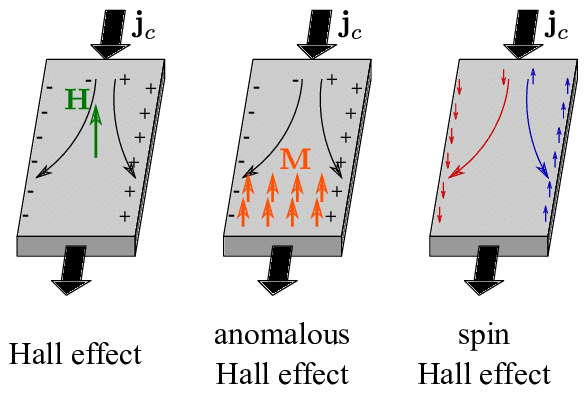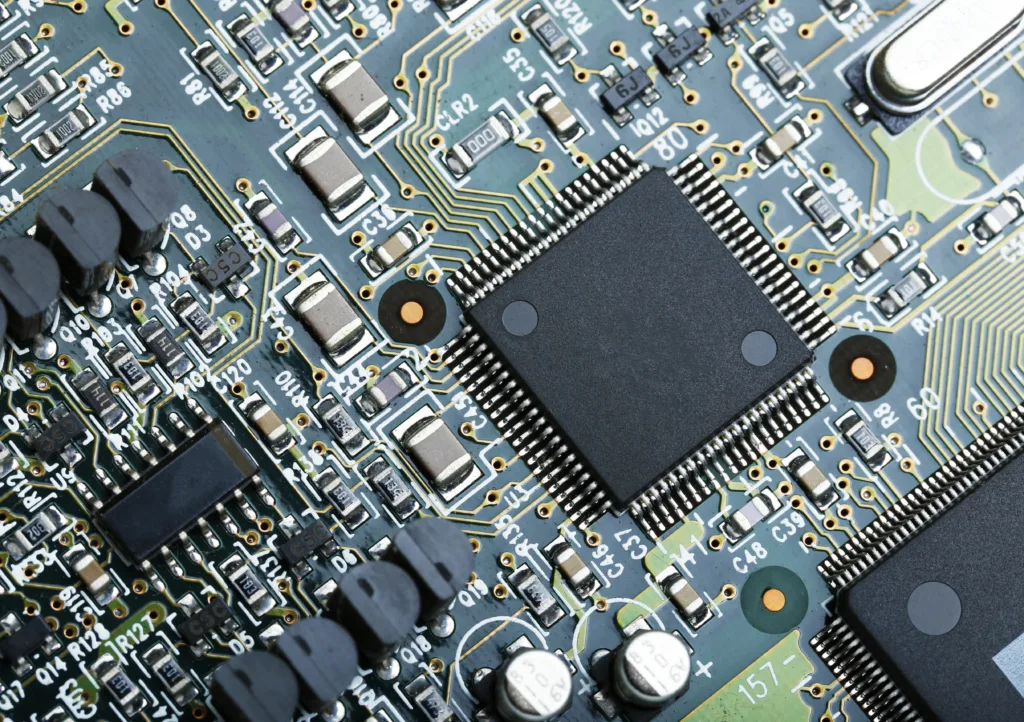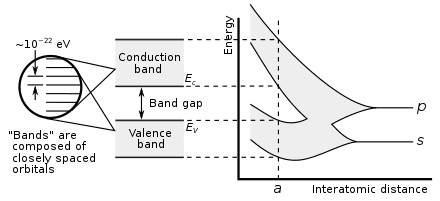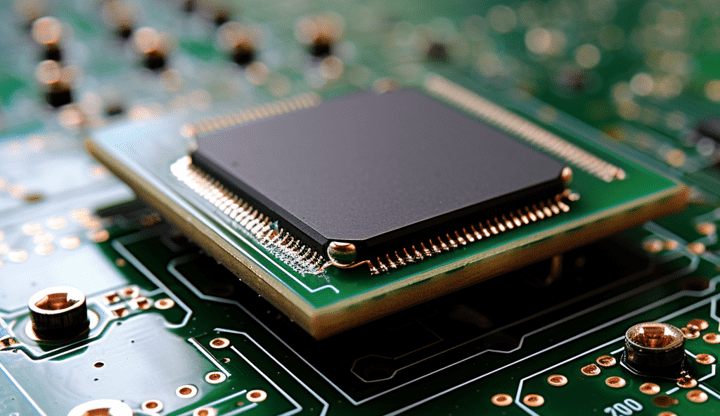
Fluxless TCB vs TCB
As interconnection pitches shrink below 10µm for advanced logic and memory applications, fluxless TCB solves the issues that standard TCB encounters with the flux.
In certain materials, like semiconductors, the Hall effect occurs when an electric current passes through them in the presence of a magnetic field. When the magnetic field is perpendicular to the direction of current flow, it causes the charge carriers (like electrons or holes) in the material to experience a force. This force deflects the charge carriers to one side of the material, creating a voltage difference perpendicular to both the current and magnetic field directions, which is called the Hall voltage.
The Hall effect allows to measure important properties of the material, such as its type (whether it is an N-type or P-type semiconductor) and the density and mobility of charge carriers. It is used in various applications, including sensors, current measurements, and even in certain electronic devices. By studying the Hall effect in semiconductors, scientists and engineers can better understand and design electronic components and systems.
Difficult eh? If you are not bored by now I congratulate you. We will use a river-boat analogy to explain this better:
So, in this analogy, the wind (magnetic field) pushes the boats (electrons) to one side, creating a height difference (Hall Voltage) in the river (semiconductor). This helps scientists figure out what’s happening inside the semiconductor.

The Hall Effect is crucial in semiconductor physics as it helps understand charge carrier behavior, optimizes device performance, and identifies the type of charge carriers in semiconductors.
Hall Effect sensors are used to measure magnetic fields. They find applications in compasses, current sensors, speedometers, and proximity switches. They are also used in automotive and industrial settings.

As interconnection pitches shrink below 10µm for advanced logic and memory applications, fluxless TCB solves the issues that standard TCB encounters with the flux.
The metal pitch refers to the distance between the centers of two adjacent metal interconnect lines on an integrated circuit (IC). Since transistors evolved into 3D strucrures, this measurement has lost significance.

The front-end and back-end are highly interdependent. A constant feedback loop between front and back-end engineers is necessary to improve manufacturing yields.

Built directly into the silicon, through silicon vias (TSV) facilitate 3D IC integration and allow for more compact packaging. They have become the default solution to interconnect different chip layers or to stack chips vertically.

Silicon carbide (SiC) is used in electric vehicles due to its wide bandgap and great thermal conductivity. Gallium nitride (GaN) shares many characteristics with SiC while also minimizing RF noise.

GPU vs CPU is a parallelization vs complexity dilemma. While GPUs can manage very large parallel calculations, they struggle with linear, more heterogeneous tasks, where CPUs excel.